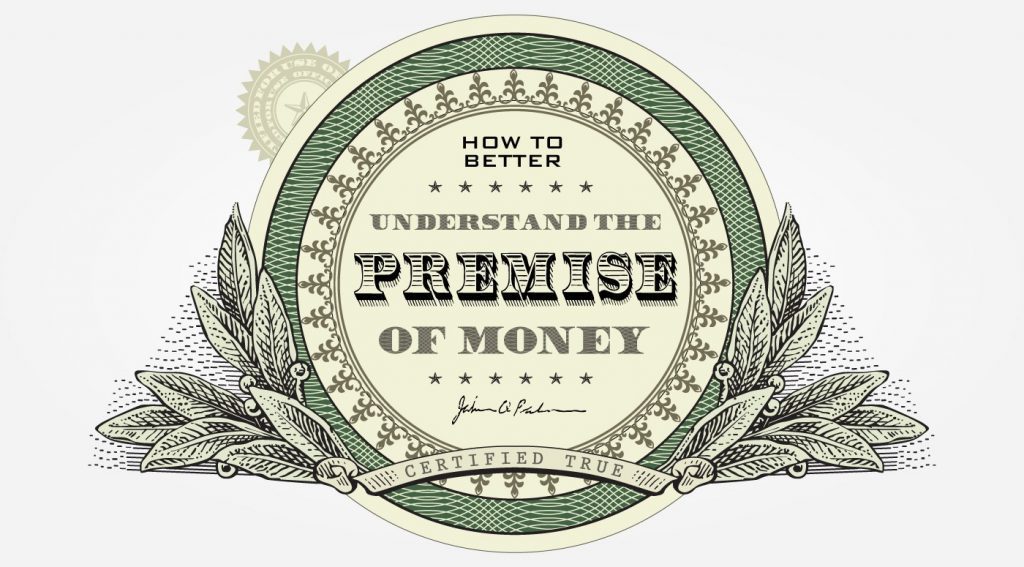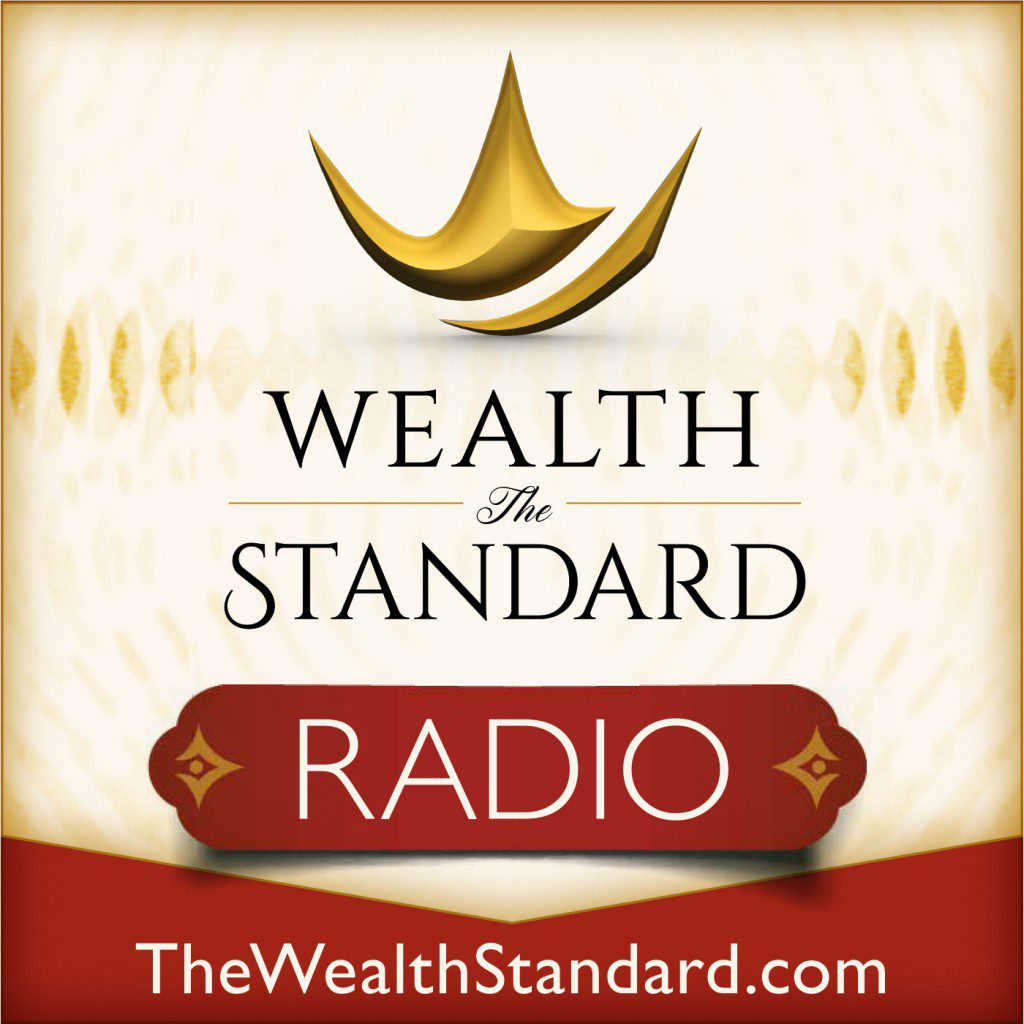Ever wondered if you could trade your dollar for its value in gold? The answer is maybe, but it won’t come from Fort Knox. Understanding the original premise behind the power of the almighty “dollar,” and its role in society can help you make better decisions about money.
The Premise of Money
From a historical perspective, money makes perfect sense. In the days of old, people would trade goods and services for other goods and services. However, they were constantly working around the inherent problem of production and demand. For example, if you had milk and I had bread, that was pretty-much all that was available for us to trade. And if I don’t want your milk, but need bread. . . our system breaks down. The concept of money has gotten humans past this problem.
Money was invented as a promise; a means of exchange representing value in goods and services. The premise of money is that when I give someone a dollar, it’s a promise of “receipt” tied to something of value; something “better” than the paper it’s printed on. Any kind of money should have definite characteristics—it’s portable, visible, and durable; it has shared value, and it is widely accepted. Now let’s talk about what our society has agreed on as the value behind the money—gold and silver, mostly gold.
For over 6,000 years we’ve agreed on gold to back up what we call money. When people invented money, using metal made sense because metal met all of the right characteristics—but why gold? The metal had to be somewhat rare so that not everyone is producing coins, but available enough so a reasonable number of coins can be created to allow commerce.
That trail leads to gold because of its unique color and resistance to tarnishing. Truthfully, gold’s greatest value is society’s sustained agreement that this is so. And though you’ll never be able to eat gold, it is the most likely bartering tool humans will use to recover from a zombie apocalypse.
Fiat Money
In the past you went to a bank with your bag of gold and they offered paper currency to use as a value exchange (because gold is super heavy). With gold backing your dollar, you were free to trade that money for whatever was valuable to you.
Jump ahead to the time period between the Great Depression (1930s) and the 1970s. As government expanded its role in peoples’ lives, it needed to “create” its own resources . . . money. Enter the Federal Reserve and what is called fiat money. Fiat money is currency that a government has declared to be legal tender, but it is not backed by a physical commodity. It’s different than money backed by gold, because the value of fiat money is derived from the relationship between supply and demand rather than literal gold or the value of the material that the money is made of.
Essentially these well intended institutions are saying, “Here. . .here’s some ‘money’. . [wink wink],” when they are really just handing you a piece of paper (or number in an account). Needless to say, when you start to print extra currency, the system gets off balance. Adding even more complication, during the Great Depression people caught on and said, “Hey, I want my gold back!” Unfortunately, they all did this at the same time. When a bank experiences a run, it immediately goes bankrupt or insolvent.
Unless. . .they are rescued by a central bank or the U.S. Federal Reserve. These institutions swoop in and give people their well-meaning imaginary money as bail outs. “Don’t worry you’re protected by the Federal Deposit Insurance Corporation (FDIC).” This story is coming together now, isn’t it?
Because of this technique, our “money” has been off the gold standard since 1971, and every major international currency has followed suit. Now you have to ask yourself, “What is a dollar?” It used to represent a measurement of gold. Now it’s not really definable. As Nobel Prize-winning economist Milton Friedman puts it, “The pieces of green paper have value because everybody thinks they have value.” For now, society is stable in agreeing it has value, but it’s a rather tenuous place to be with consequences that may actually be worse than a zombie apocalypse.
What You Can Do
If learning the truth about how our gold standard has slipped away and its role in bailouts and banking makes you frustrated, you’re not alone. Anger and frustration are good motivators for action, but all-out protests are not what we’re proposing here at all. You can be so much more effective by applying your influence to educate yourself and others. Here’s what you can do:
- • Learn more about the premise of money, fiat currency, free exchange, and sound money. We’re not necessarily taught these concepts in school.
- • Learn how these concepts affect current issues like bank bailouts and foreign exchanges. Come to conclusions and form your own opinion. It’s okay to disengage from the current perpetuated system.
- • Use what you learn to make smart decisions for how you spend and save money. Create a financial strategy that includes diversification.
- • Share the information you learn with your friends, family, and anyone who is willing to receive it. Technology and social media are great tools to educate people and reach as many as possible. They, in turn, can come to their own conclusions.
The only way to ensure our financial system in the U.S. functions well is for all of us to understand not just the premise of money, but how the system has devolved over time.
We want you shake up your paradigm and beliefs about money and to see money from a different perspective. Reinstating certainty into the financial make up of Americans is our goal. Let us show you how to apply lasting moral principles to your financial system. Take 2 minutes to sign up for a FREE, extensive eCourse called Infinite 101®. You’ll receive access to video tutorials, articles, and podcasts. It literally costs you nothing to become educated on this ideal financial strategy and start changing your wealth paradigm!
Take advantage of this FREE resource by clicking below.









